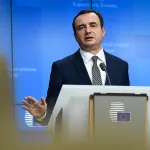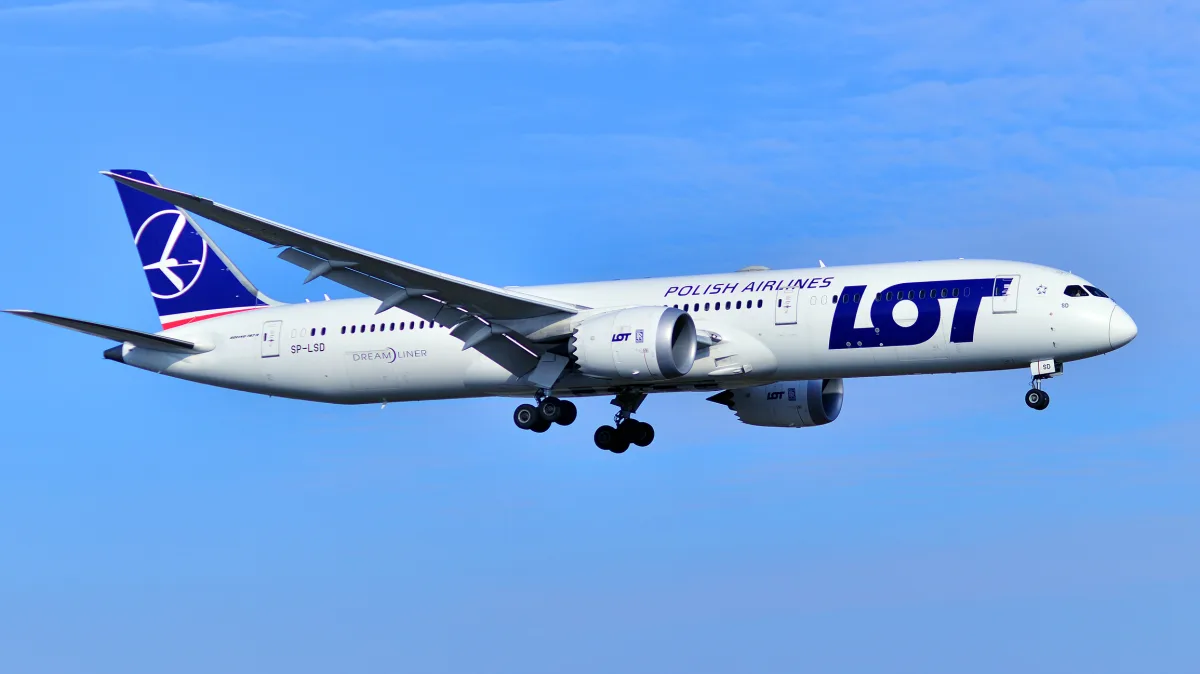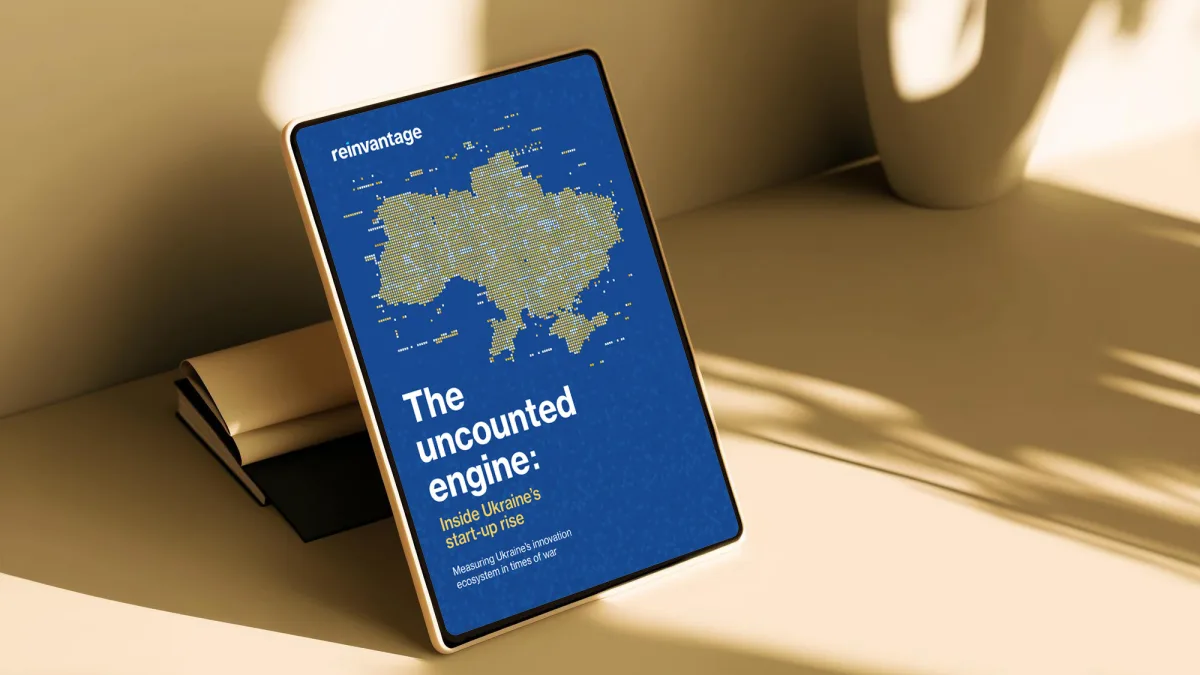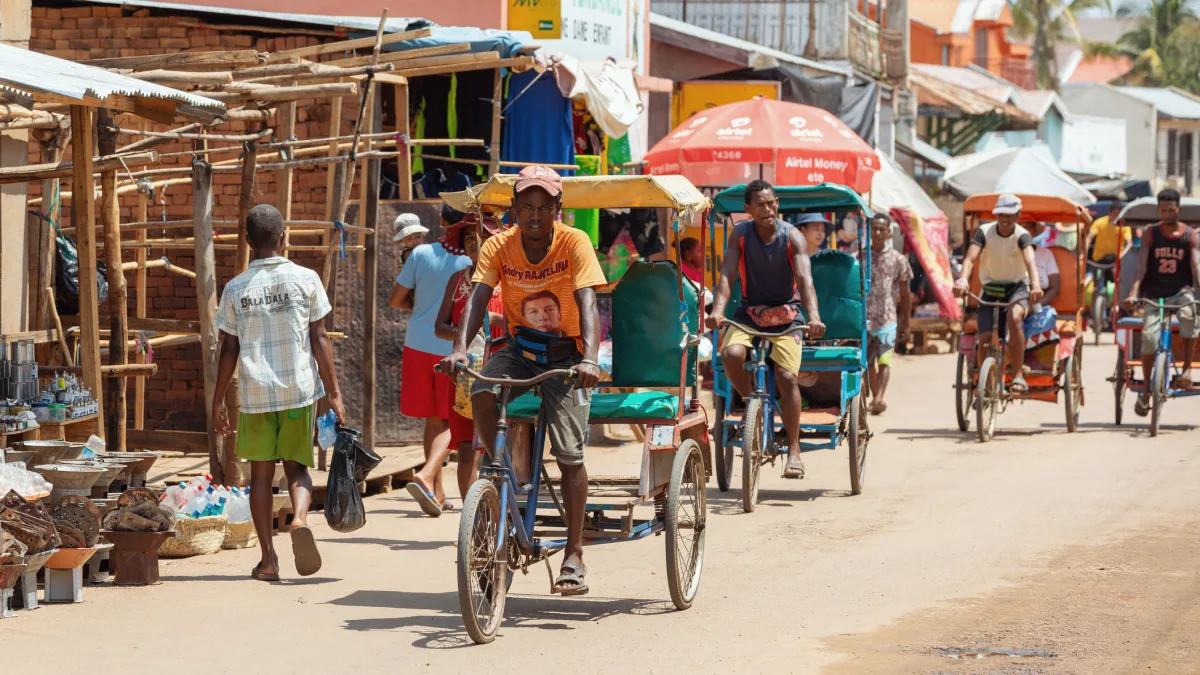Two state-owned airlines, two very different stories. LOT Polish Airlines posted near-record profits earlier this year and is expanding rapidly across Europe and Asia. Meanwhile, Tarom, Romania’s flag carrier, is shrinking fast and burning through taxpayer money to stay airborne.
The numbers are brutal. LOT reported a net profit of 688.5 million złoty (162 million euros) in 2024, its second-best result ever. Tarom hasn’t turned a profit since 2007 and needed a 95.26 million euros EU bailout just to avoid collapse.
The Polish miracle
LOT’s transformation from basket case to European success story defies the conventional wisdom that state-owned airlines are doomed to fail. The Polish carrier transported 10.7 million passengers in 2024, beating its pre-pandemic record by 700,000.
More impressively, it achieved an 8.1 per cent operating profit margin despite fierce competition and falling ticket prices.
The airline has grown aggressively. LOT’s fleet reached 86 aircraft in 2024—the largest in its history—after adding 11 new planes in a single year. Revenue hit 9.93 billion złoty, driven by smart route planning that includes eight new destinations ranging from Tashkent to Riyadh.
LOT now serves 97 destinations across three continents, positioning Warsaw as a genuine hub for travellers between Europe and Asia. The airline’s financial turnaround is equally dramatic: equity soared from negative 734.2 million złoty in 2021 to a record 1.142 billion złoty by end-2024.
The Romanian disaster
Tarom tells the opposite story. The airline flies to just 28 destinations with a fleet of 18 aircraft—a shadow of its former scale. It has closed offices across Romania, from Oradea to Timișoara, as its network shrinks.
Operational chaos is routine. In July 2024, mass pilot ‘sickness’ grounded flights, stranding passengers and forcing Romanian ministers to miss a NATO summit. The incident epitomised deeper problems: poor labour relations, unreliable service, and management dysfunction.
Tarom’s finances are dire. The airline lost over 35 million euros annually in 2018-19, with losses exceeding 80 million euros during the Covid-19 pandemic. Despite repeated promises of profitability, the carrier continues bleeding money. Its EU-mandated restructuring plan requires cutting one-third of staff, including half of management, while selling aircraft and closing routes.
The airline’s desperation shows in its asset sales. Tarom sold its valuable Heathrow slots to Qatar Airways—a retreat from lucrative markets that signals deeper strategic failure.
Lessons from Budapest
Tarom’s plight recalls Malév Hungarian Airlines, which collapsed in February 2012 after 66 years of operation. Like Tarom, Malév suffered from management instability, strategic confusion, and mounting losses. The European Commission’s order to repay 350 million euros in illegal state aid—roughly equal to Malév’s entire 2010 revenue—proved the final blow.
Malév’s demise cost 2,060 jobs, but the market adapted quickly. Ryanair and, in particular, Wizz Air filled the void with new routes and lower fares. Budapest Airport, which lost 40 per cent of passenger traffic overnight, ultimately emerged stronger and now handles more travellers than during Malév’s final years.
What made the difference?
The contrasting fates of LOT and Tarom highlight what separates successful airlines from failures. Management stability proves crucial: LOT benefits from consistent leadership and clear strategic vision, with its 2024-28 strategic plan focusing on growth, efficiency, and financial stability.
Tarom, by contrast, lurches from crisis to crisis with no coherent strategy.
Operational excellence matters just as much. LOT ranked as Europe’s fourth most punctual airline in 2023, while Tarom’s recent flight cancellations and poor service ratings reflect systematic dysfunction. The difference extends to fleet management: LOT operates modern, efficient aircraft and has built Warsaw into a genuine hub connecting Europe with Asia and North America. Tarom’s ageing fleet and shrinking network offer few competitive advantages.
Revenue diversification also distinguishes winners from losers. LOT carried 1.3 million charter passengers in 2024, up 18.5 per cent year-on-year, demonstrating management’s ability to spot opportunities beyond scheduled flights. Such entrepreneurial thinking is notably absent at Tarom.
Time to pull the plug?
Tarom’s predicament raises hard questions about state-owned airlines’ viability in Europe’s competitive market. Hungary’s decision to let Malév collapse rather than continue throwing good money after bad ultimately proved correct. The market efficiently reallocated capacity to better operators while Budapest Airport grew stronger.
Romania faces a similar choice. Tarom’s continued losses drain public resources that could be better spent on infrastructure, education, or healthcare—not least as Romania’s new government enters what is likely to be an extended period of austerity.
The airline’s poor performance suggests it lacks the scale and efficiency to compete with larger European carriers or low-cost airlines.
At the same time, LOT’s success proves that state ownership need not doom airlines to failure. The key is professional management, strategic focus, and political will to make tough decisions. Poland’s patient but disciplined approach to restructuring LOT created a genuinely competitive airline that enhances national connectivity.
The lesson is clear: governments must either commit fully to airline success—with proper management, adequate investment, and operational independence—or get out of the business entirely. Half-measures satisfy no one and waste taxpayers’ money.
Romania’s choice is clear. Follow Hungary’s example and let market forces determine the country’s aviation future, or commit to the fundamental reforms needed to save Tarom.
The current approach—perpetual crisis management funded by taxpayers—serves neither passengers nor the public purse. As LOT demonstrates, excellence requires more than state subsidies. It demands competence, strategy, and the courage to change.
Photo: Dreamstime.







